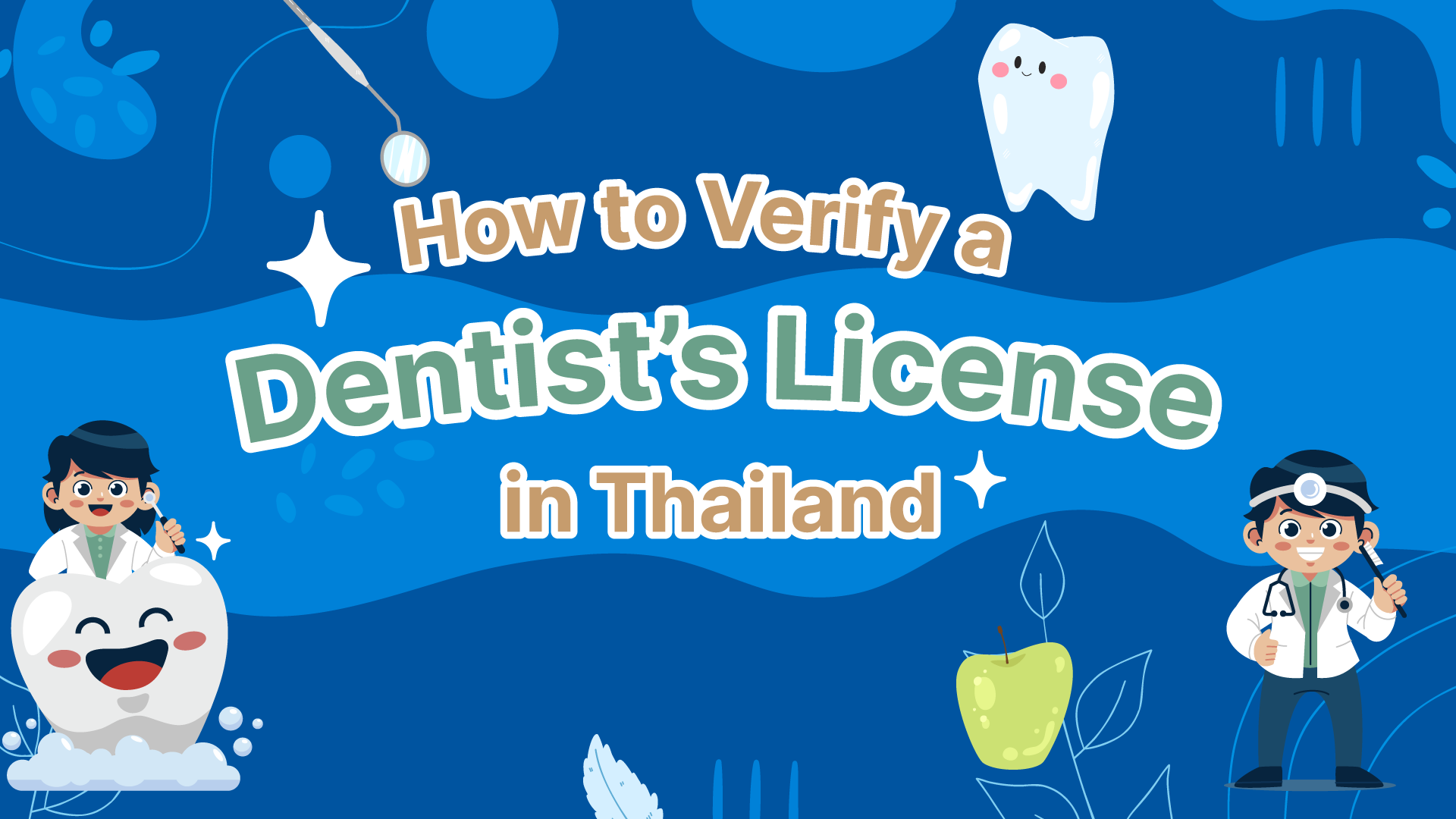Wellness Is Healthcare, Not Sickcare.

The conventional healthcare model often equates the absence of illness with health. However, this perspective overlooks the broader spectrum of wellness that includes holistic well-being. The emerging discourse in integrative medicine challenges this view, suggesting that wellness is a proactive, self-initiated process, not confined to interactions with healthcare professionals. The traditional biomedical approach, which focuses on symptom management, neglects the comprehensive aspects of health. Integrative medicine proposes a shift towards a proactive model that encompasses physical, mental, and emotional well-being.
There exists a pervasive misconception that health is solely the absence of symptoms and is closely tied to medical interventions. This view has led to a narrow interpretation of health, often associated with hospitals and medical personnel, thus creating a gap in understanding holistic health practices, particularly in nutrition.

The environment plays a crucial role in health service delivery and wellness. Sensory experiences, involving sight, hearing, smell, taste, and touch, significantly impact well-being. These senses contribute uniquely to both physical and mental health, highlighting the importance of a multisensory approach in wellness practices.

In addition, the concept of anti-aging extends beyond cosmetic concerns. It encompasses a scientific approach that seeks to slow down the biological aging process at the cellular level. The objective is to enhance longevity and promote a life of sustained vitality, not just to maintain youthful appearances.
The concept of wellness calls for an expanded understanding that incorporates active engagement in lifestyle choices and environmental interactions. Wellness should be an integral part of daily life, not a reactionary measure to illness. By recognizing and integrating this broader definition of wellness, society can foster a more holistic approach to health. This article reframes the concept of wellness to encourage a proactive rather than reactive approach to health, emphasizing the importance of environment and lifestyle choices in maintaining overall well-being.
The insights for this article were derived from the seminar "Healthcare Transformation: Wellness, Tourism, & Data-Driven Strategies." Further details and related information can be found on Khaosod, available at Khaosod - Healthcare Transformation Seminar.
College of Integrative Medicine (CIM-DPU)
Share this article
More Articles
Discover more insights on health care and medical tourism.

How to Verify a Dentist’s License in Thailand
Thailand is one of the world’s leading destinations for medical and dental tourism, known for high-quality care, modern clinics, and competitive pricing. However, for expats and international patients, verifying that a dentist is properly licensed is a critical step before starting any treatment.

Why do some stroke patients with good leg strength still walk with knee hyperextension (genu recurvatum)?
This is a question I see repeatedly in clinical practice, and simple explanations based on “weakness” often fall short.

How to Overcome Chronic Pain After an Accident
Have you ever felt that your life changed from the day you were injured? Pain that lingers for years can make you afraid to do the things you love, hesitant to exercise and sometimes even walking becomes difficult.